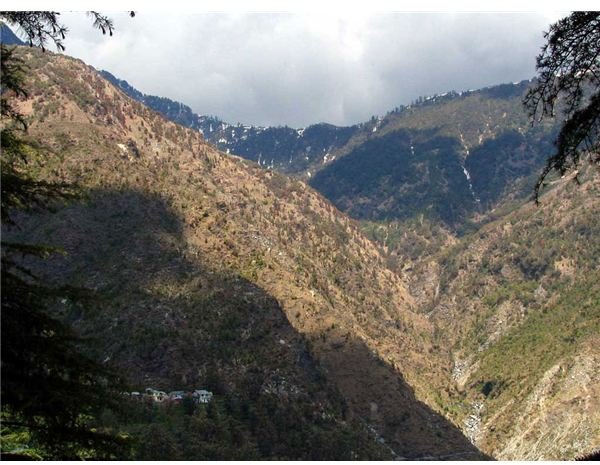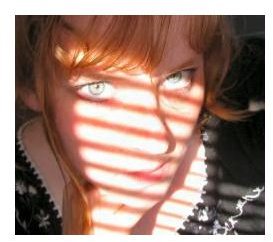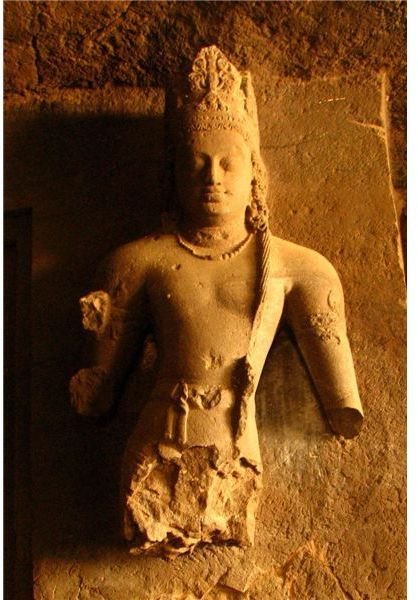7 Tips for Creative Shadow Photography
Photography means ‘painting with light’. You must’ve heard this statement a million times. Most photography tutorials deal with how to make best use of light. But where there is light, how far can its complement - the shadow - be? Just like light, shadows offer a photographer artistic photo opportunities. Here are seven photography tips you can use to creatively incorporate shadows in your photographs.
1. Get the shadow properly exposed
Now, ‘properly’ is a relative term and it’s up to you, the photographer, to decide the level of detail you want in the shadow. Depending on the scene, you could either completely darken the shadow or set your camera’s exposure a stop or two higher to show some detail. A good rule here is to bracket for exposure and then decide what looks best.
2. Harsh shadows add emphasis
Harsh, or hard shadows, are obtained with a source of strong light, like sunlight or a tungsten lamp. When properly used, hard shadows can add emphasis and make a statement.
(Click on any image to enlarge)
3. Make the shadow the main subject
This adds a different perspective to the image, as it’s not very common to photograph a shadow without the main subject involved. However, when done the right way, the shadows too can tell a story. One photo which immediately comes to mind wherein the shadow is the main subject is the famous National Geographic Camel photo.
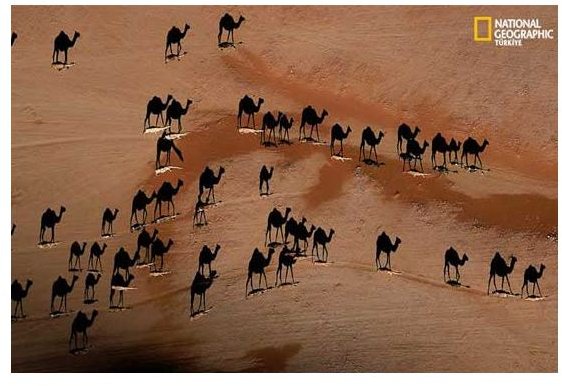
4. Look for shadow patterns
A repetitive shadow pattern makes for a very artistic photograph. Always be on the scout for such opportunities.

5. Silhouettes
By far, the most common technique involving shadows is silhouettes. In the strictest terms, silhouettes are not shadows, but are obtained when the main subject is underexposed against a bright background. It’s of immense value to dramatize a snapshot, particularly in cases when the shape or outline is more important than detail or texture. To learn more, this article will provide you with tips on how to photograph silhouettes.
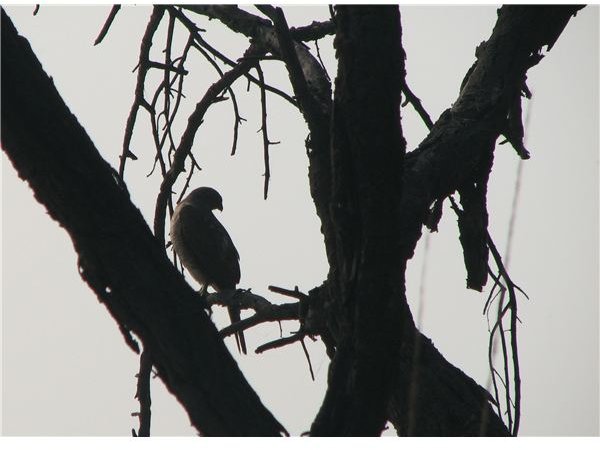
6. Use shadows as a composition aid
A general rule of photography is to draw the user’s eye to the main subject through lines, these line can be anything from a fence, a river, fallen trees - whatever guides the eye to the central subject. One can creatively use shadows for the same purpose. Especially when done in a sunrise or sunset photo, it adds tremendous artistic appeal.
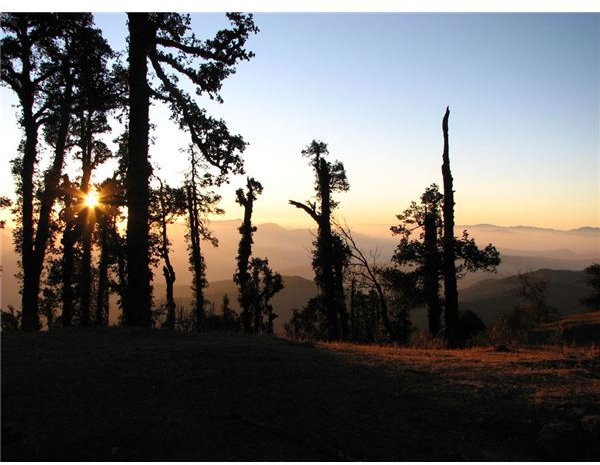
7. Portray mood
Darkness is used to portray a sombre or serious mood. Shadows can be effectively used to illustrate these emotions. Similarly, shadows of clouds on mountains can be used to portray either a romantic or a glum mood. Interplay of shadow and light makes for a terrific photo.
